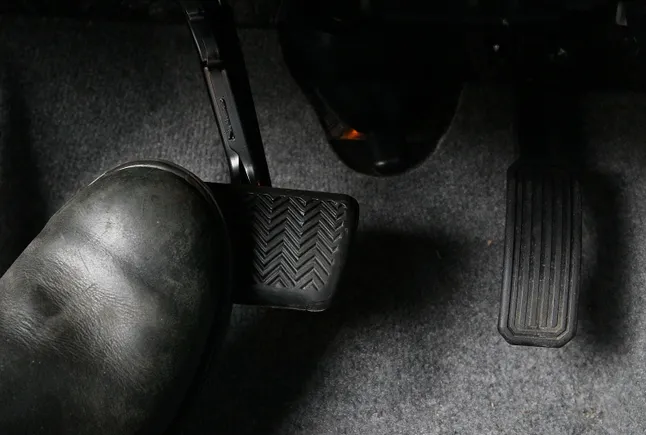Listen to the article 3 minutes This audio is automatically generated, please let us know if you have any feedback.
Dive Overview:
A survey conducted by the Insurance Institute for Highway Safety in June found that the majority of U.S. drivers would be open to vehicles equipped with intelligent speed assistance. The in-car technology aims to prevent speeding by using the vehicle’s GPS location and a speed limit database. ISAs can be passive (warning the driver if they exceed the speed limit) or active (intervening to make it harder for the driver to exceed the limit). IIHS said more than 60% of drivers would be open to passive warnings, while about half of respondents would be open to active intervention. “These survey results are intriguing because they suggest that U.S. drivers are willing to change the way they drive to make our roads safer,” IIHS Chairman David Harkey said in a press release. “Until now, the conventional wisdom has been that speed-limiting technology would not be accepted in our car-centric culture.”
Dive Insights:
According to the National Center for Statistics and Analysis, more than 40,000 people die in car accidents each year in the United States, and more than a quarter of those are due to speeding.
While adoption of ISA is limited in the United States, the technology is popular around the world, and ISA will be mandatory for new cars sold in the European Union after July 2024. In November 2023, the National Transportation Safety Board recommended that U.S. automakers install ISA in their vehicles.
ISA technologies vary in whether they passively notify the driver with an audio or visual warning if the speed limit is exceeded, or actively use assistive technologies such as accelerator resistance to reduce the speed limit. Some ISA technologies even prevent speed limits completely automatically.
IIHS surveyed 1,802 U.S. drivers on their acceptance of ISA, whether the technology provides passive warnings or actively prevents speeding. In the survey, about 64% of respondents said they would accept passive warnings, and about half said they would accept technology that actively prevents speeding. In addition, about 70% of respondents said they would like to have ISA installed in their next car if it would help them reduce their insurance premiums.
In the IIHS survey, about three-quarters of respondents agreed that ISA would reduce accidents caused by speeding. The survey also showed that drivers would be more proactive if other cars had ISA, suggesting that federal intervention could help encourage its adoption in the United States.
IIHS suggested that some ISA features may be more acceptable in the United States, such as features that are less flexible in school zones and pedestrian areas and more flexible on highways.
“This technology allows for nuanced interventions that weren’t possible before,” Harkey said.

